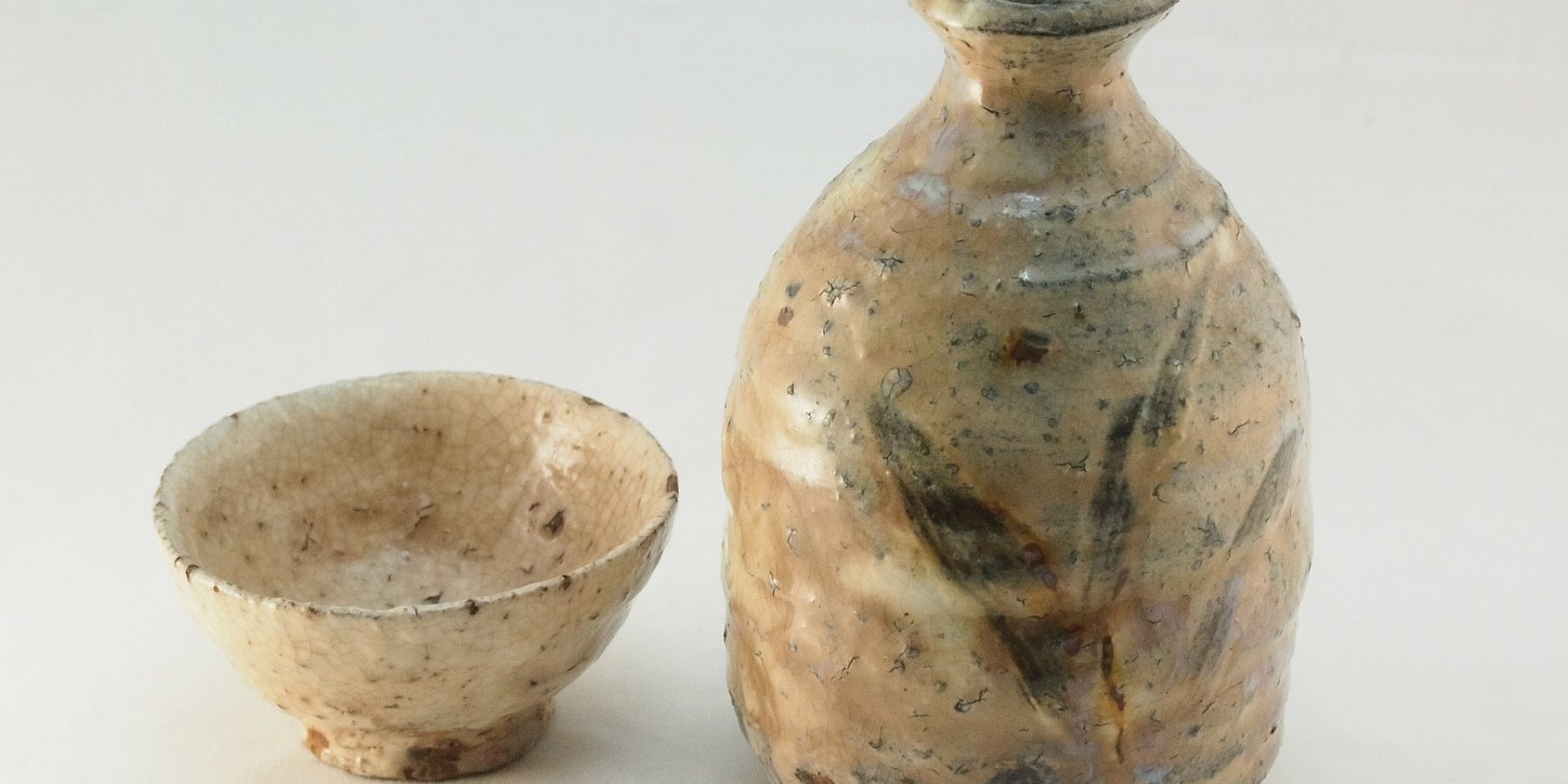The American jazz musician Frank Zappa famously (and hilariously) said, “You can’t be a real country unless you have a beer and an airline. It helps if you have some kind of football team, or some nuclear weapons, but at the very least you need a beer.” Japan actually has several beer giants that allow it to cross off that box. Even if it didn’t, it’s fun to imagine that sake could probably have earned a special pass in Zappa’s mind. Sake is a quintessential part of Japan as a country.
Lately, I’ve been thinking with both deep interest and occasional bemusement about the extent to which sake is a part of Japanese national identity. Beer, though by far the most consumed alcoholic beverage in Japan, is more closely associated with baseball or summer than national identity. Previously, we’ve written about Japan’s intimate relationship with sake on a religious level. Most if not all of our readers who have visited Japan have probably seen the offerings of sake barrels at shrines. I’ve experienced and observed its role in culture in countless ways over the years. I don’t remember a New Year’s celebration in Japan that didn’t involve sake–everyone, whether at a friend’s house or at a neighborhood business, sipped it to ring in the New Year. It seemed as much a part of New Year’s celebrations as, say, champagne in many countries in the West. I remember sake being a part of my friends’ weddings, both the formal Japanese ceremonies and the more boisterous after-parties. At new business openings and special events, you’ll often see the owners or some special guest break open a barrel top with a large wooden hammer, after which guests can ladle the sake into their cups.
Sake permeates Japan’s cultural arts, too. My academic background is actually in Japanese poetry, and in my studies I came across quite a few classical poems about sake, including a piece in which the narrator describes the emperor becoming tipsy–clearly sake was acceptable in the imperial court and in formal poetry if such a piece could be canonized! Some readers are probably aware, too, of sake having been consumed during haiku composition and recitation. Then there are the many ukiyo-e prints depicting sake consumption, notably a triptych by Utagawa Kuniyoshi that shows shape-shifting foxes engaged in revelry. There are even sake manga these days.
Consider next Japan’s cultural awards and their relationship to sake. There is a popular term (ningen kokuhō) that usually translates as “National Living Treasure” and refers to individuals whom the government officially designates with the clunkier title “Preservers of Important Intangible Cultural Properties”. They are living vessels of “intangible cultural properties” recognized under law by the Ministry of Education, Culture, Sports, Science and Technology. In laymen terms, they are masters of certain arts or crafts central to Japanese culture.
One of the designated crafts is ceramics. I was curious how many recognized artists there were and how many of them make shuki, the vessels for sake enjoyment, so I reached out to Robert Yellin. He is one of the world’s most respected experts on contemporary Japanese pottery, an eponymous gallery operator in Kyoto, and an occasional adviser to this magazine. It turns out there are over thirty National Living Treasures of pottery and all of them make wares for sake enjoyment as a part of their ceramic forms. It makes you wonder: could a potter who only makes vases, plates or objets ever attain this designation?
With this issue, we travel to one of the most famous pottery regions of Japan: Saga. Haruo Matsuzaki gives us his usual, in-depth take on the sake of this quiet prefecture in Japan’s southwest. It might be revelational for many given that the region is known for another beverage. Sake Today managing editor and co-founder John Gauntner, meanwhile, visited one of Saga’s best breweries to give us his perspective on its legacy. He also provides us his regular technical column, this time on warm sake. Doing it correctly can be quite a treat, especially in these cooler autumn months.
Our other featured brewery is an organic one in Okayama doing advanced research on rice cultivation. We always try to bring you something different, too. For that we have an article about a sake luminary who had a deep connection with France, and the sake made in his honor. Could we ever write too much about sake’s most important ingredient? Our newest writer looks at a special variety grown in Kyoto and the sake it has given birth to. Finally, we bring you the second part of a feature on sake-centric restaurants in San Francisco, one of America’s best cities for Japanese-style food.
If you’ve still not had your fill, we have a few more sips of content left: an extra gallery of tasty dishes, our recipe, and a short essay by our designer about the joy of analog moments. We hope you have one of those soon: just you, maybe a friend or two, some sake, some cups, some conversation. Sake was made for times like that.
Ry Beville






